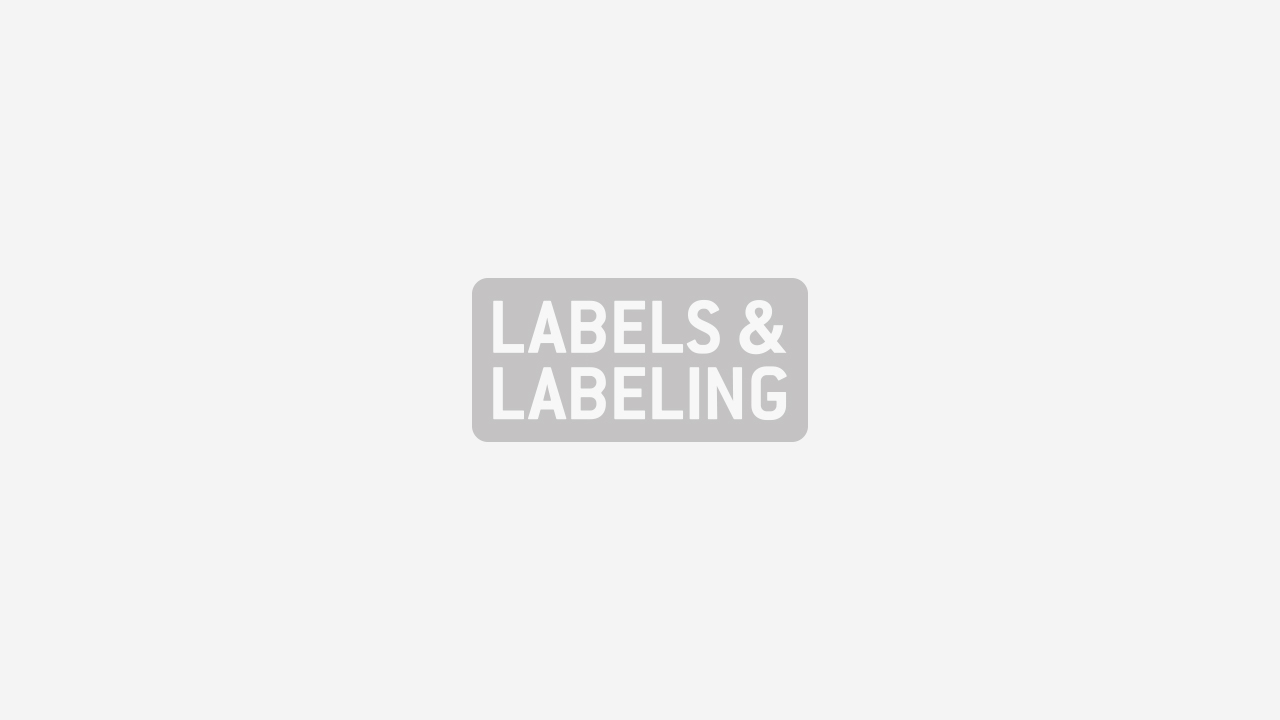Global holography trade body urges action in light of UN China counterfeit report

According to a new UN report, 75 percent of all the fake goods seized worldwide between 2008 and 2010 came from China.
In light of this, the International Hologram Manufacturers Association (IHMA) urged organizations to review and, if necessary, redouble their brand protection and authentication strategies to stem the 'haemorrhage' of counterfeit goods flowing out of china.
The UN Office on Drugs and Crime (UNODCO) reported these counterfeit goods make up almost two percent of global trade while organized crime groups, who deal in fake goods and drugs among other items, are pocketing 90 billion USD annually across the Far East region.
The 'Transnational Organised Crime in East Asia and the Pacific: A Threat Assessment' is said to be the most comprehensive study yet on the subject.
‘The report is a sobering reminder that the war on counterfeiting is far from won’, said the IHMA. ‘And it will be a wake-up call for those desperate to protect brands and profits not only in the Far East but worldwide’.
Ian Lancaster, the IHMA's general secretary, added: ‘More action needs to be taken quickly if China's counterfeit haemorrhage is ever to be checked, let alone stopped.’
‘Brand owners and those authorities responsible for legislation are sure to be alarmed at this report. More needs to be done – and quickly – to begin to deal with the problem and this might include increased integration of holograms as part of brand protection strategies.’
Increasing adoption of holography in places like India and east Europe reinforces the hologram's position as a pre-eminent security feature in the global anti-counterfeiting fight.
Security holograms on items like liqor bottles will ensure quality and check smuggled and illicit liqor while bottles not displaying security holograms will be seized and destroyed.
‘Holography has a key role as a highly effective, highly flexible weapon in the on-going battle to thwart counterfeiters and fraudsters,’ Lancaster said.
‘All involved in the supply chain – manufacturers, distributors, consumers, tax authorities – will be reassured by the presence of holograms on products and recognise the benefits they provide.’
The use of well-designed and properly deployed authentication solutions, as advocated in ISO's 12931 standard, on authentication solutions, enables examiners to verify the authenticity of a legitimate product, differentiating it from the counterfeits coming out of China. Even those that carry a "fake" authentication feature can be distinguished from the genuine item if that item carries a carefully thought-out authentication solution.
The UN report can be read in full at www.unodc.org/documents/data-and-analysis/Studies/TOCTA_EAP_web.pdf.Read more about security and brand protection here
Stay up to date
Subscribe to the free Label News newsletter and receive the latest content every week. We'll never share your email address.

